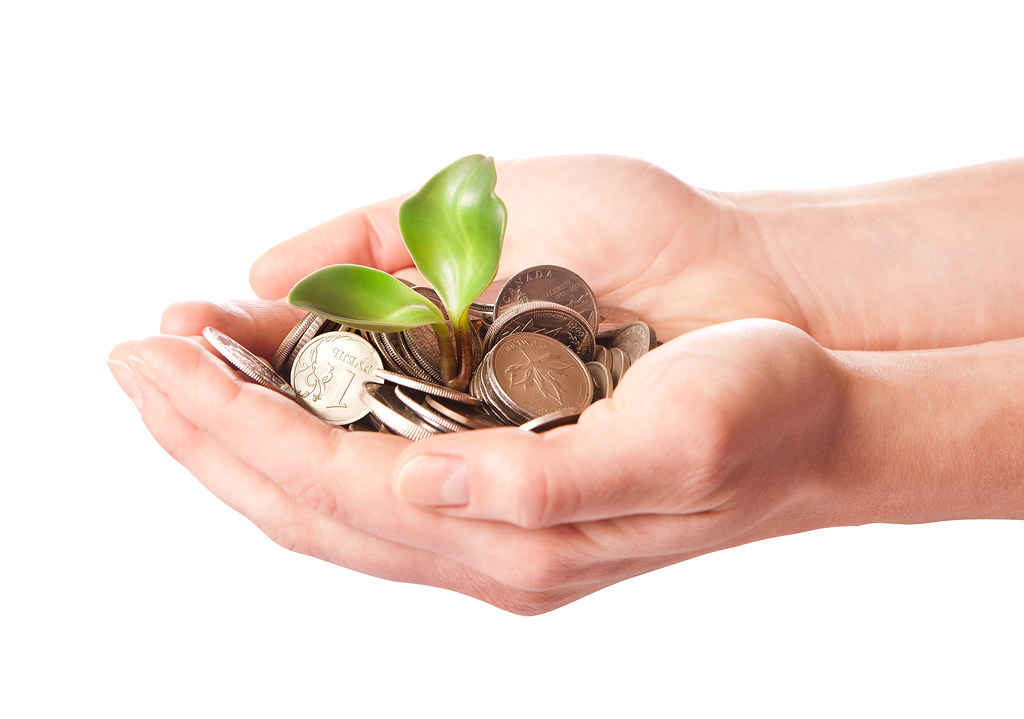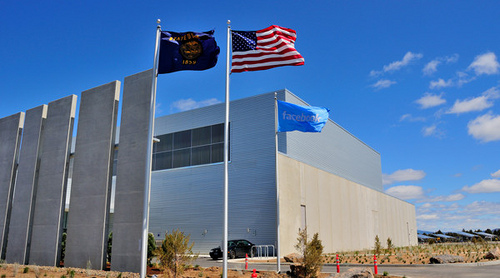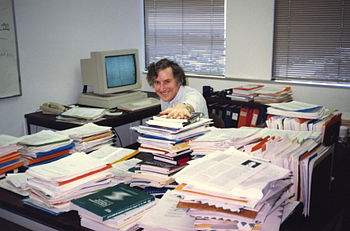I wish I had more time to work on my BIG IDEAS. I believe in supporting a strong local economy wherever possible and one place where I dream of a better model is a green energy investment fund (GEIF).
Sustainable Investing With Stakeholder Buy-In
A GEIF would provide a return based on the energy savings occurring in the buildings in which the fund holders live and work and from the renewable energy sources on their sites. This model would foster the culture of efficiency those of us in the industry strive to create by providing incentives, education, equipment, technical assistance and energy data. Creating a GEIF as a retirement fund would result in perfect alignment between individual behavior and the performance of their portfolio! Imagine if by managing classroom energy use, teachers’ pensions increased in value. What if a deep energy home retrofit was funded out of the GEIF and the savings were shared by the home owner and the fund thereby inducing the home owner to continue to minimize their energy consumption? One big problem in new commercial buildings is that operators aren’t trained and often don’t have the capacity to operate the sophisticated systems that are necessary to garner big energy savings in large buildings. If the building owners and operators had a personal stake in the energy performance of these buildings through their retirement fund, barriers to energy efficient operation from inadequate training to lack of staff would be rapidly surmounted.
 Image by Flickr user 401(k) 2013
Image by Flickr user 401(k) 2013Private Investor Interest
There is rapidly increasing interest in green energy (renewables and energy efficiency) by private investors. In December of 2013 the New York State Public Service Commission issued an “Order Establishing New York Green Bank and Providing Initial Capitalization” which in part is designed as a mechanism that will give private investors an opportunity to provide green energy financing in New York State. New York is looking to create a future where the marketplace values energy efficiency and clean energy so that rate payer funded investments can be minimized over time. This long term vision for market transformation will be supported by changing energy efficiency programs that shift costs and returns to investors. Ceres just issued its report “Investing in the Clean Trillion: Closing the Clean Energy Investment Gap” which makes recommendations for quadrupling clean energy investment to $1 trillion by 2030. The report recognizes the interest of and is targeted to large investors. Since 2008 The World Bank has issued over $4.5 billion in Green Bonds, and demand is growing.
As Christiana Figueres, the Executive Secretary of the UN Framework Convention on Climate Change, said recently, “The pensions, life insurances and nest eggs of billions of ordinary people depend on the long-term security and stability of institutional investment funds. Climate change increasingly poses one of the biggest long-term threats to those investments and the wealth of the global economy.” Creating a fund that is dedicated to linking the investment in energy efficient buildings, their operation and the people who operate and occupy those buildings would be transformative.
Gaining Traction at Universities
A few years ago I was playing with the idea of an Institutional Energy Investment Fund in which institutions, such as universities would invest deeply in energy retrofits to reduce their operating costs. A return on investment of well over 10% can be reliably achieved over a long period of time with the correct investment strategy. While I was unable to make the time to advance this strategy others were aware of the potential and the Billion Dollar Green Challenge was created with a guide to green energy revolving funds. Many universities are now earmarking portions of their endowment for revolving loan funds that will provide tremendous financial and environmental returns.
It’s inevitable that large investors and corporations will profit from clean energy investments. This is a burgeoning sector of the economy that will be increasingly important as governments seek to meet their greenhouse gas reduction commitments. Creating a fund that gives the rest of us a chance to participate in this exciting investment opportunity and aligns long term rewards with the behaviors necessary to meet our goals seems like the most sustainable and resilient thing we can do.
If you want to help layout the next steps in moving GEIFs to the market, please get in touch with me - jennifer [at] cx-assoc [dot] com.




